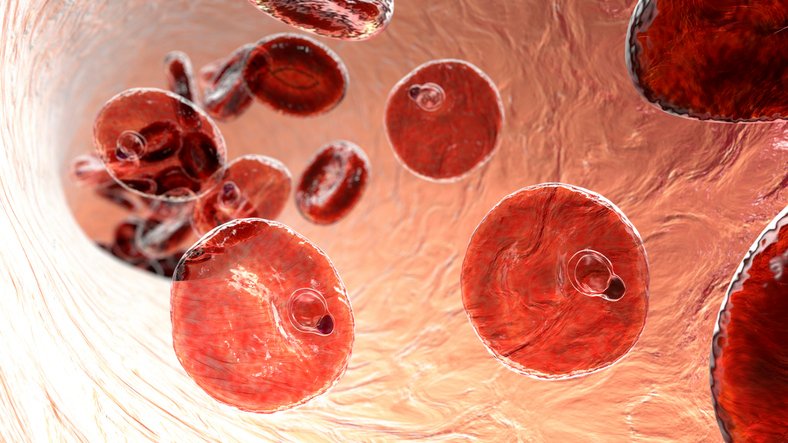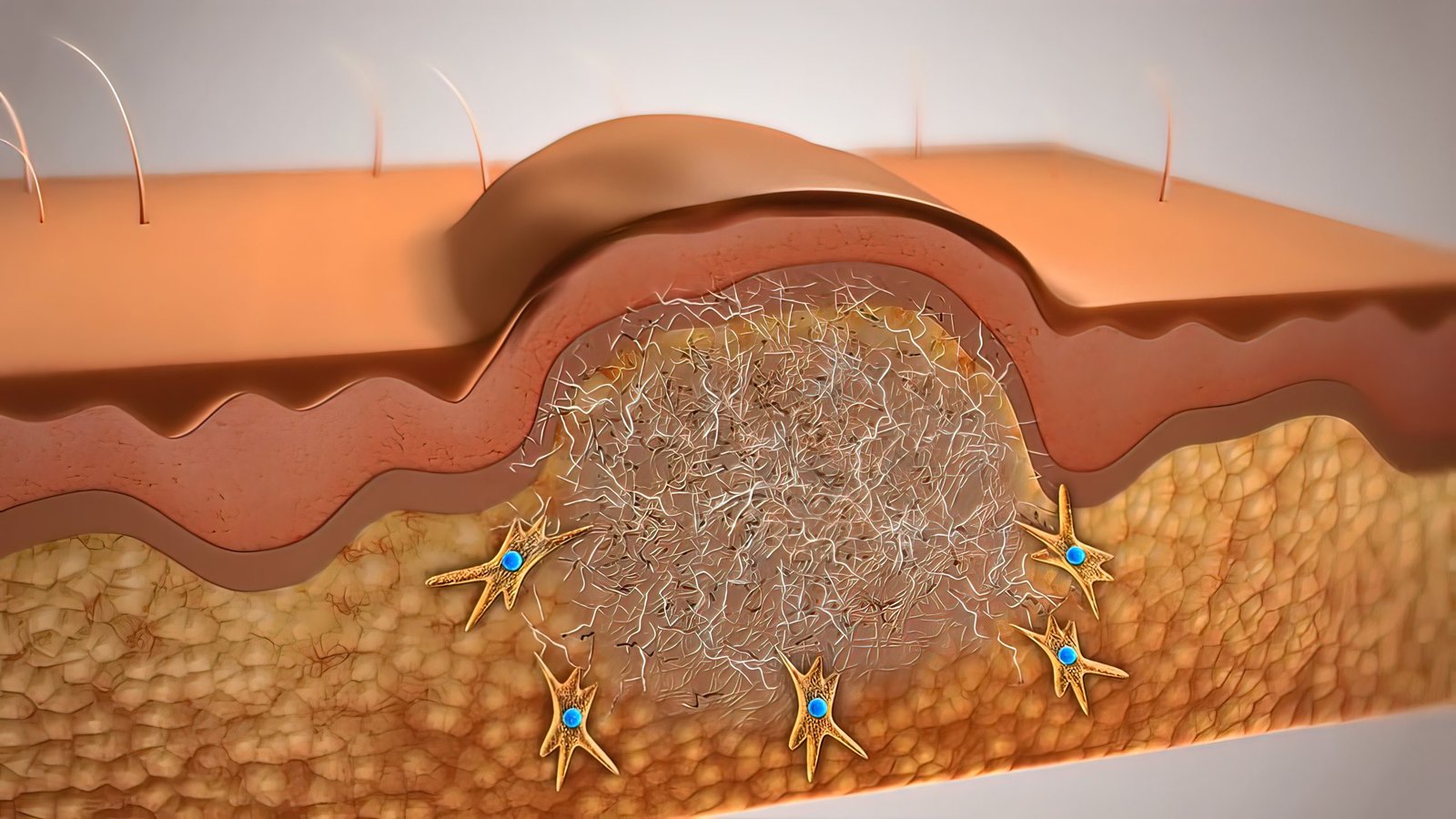Digitization is transforming cell and gene therapy manufacturing by enhancing traceability and boosting production efficiency. But the move away from analogue systems is also increasing the risk of cyberattacks, say researchers who want industry to do more to protect itself.
The term “critical infrastructure” describes an industry deemed vital to the functioning of a society and economy that is deserving of special protection. Examples would include a nation’s energy grid, transport network, or healthcare system.
The cell and gene therapy manufacturing sector is fast becoming a “critical infrastructure” according to U.K. researchers, who warn that growing use of digital production technologies and automation is introducing vulnerabilities that could result in supply chain disruption.
Lead author Edison Bicudo, PhD, from Aston University in Birmingham, tells GEN, “There are three main points where safeguarding highly automated and digitalized cell and gene therapy manufacturing will be challenging.
“The first point has to do with quality control as, obviously, manufacturers have to make sure that their products are consistently produced to high-quality levels. The second point is regulatory. Regulators need to understand how to validate digitalized and automated manufacturing systems.
“The third point has to do with data protection,” he says, citing point-of-care production as an example. “Some systems may require data exchange between different manufacturing units in hospitals or other institutions with low levels of digital readiness. This would introduce vulnerabilities.”
Safeguarding digital manufacturing systems—both point-of-care and facility-based operations—will require significant investment and IT expertise.
“To deal with the data exchange difficulty, it will be necessary to design robust and safe systems to protect data against cyberattacks.
“Of course, no system will be 100% safe, but building a manufacturing system where no identifiable data is transmitted would help minimize the potential impact of attacks that occur,” he says.
Interoperability
Technology suppliers also have a role to play in helping industry protect its manufacturing infrastructure, according to Bicudo, who says enhanced interoperability would be a good start.
“Some technology suppliers are beginning to design a new generation of manufacturing systems where various manufacturing steps are contained in one single system. This helps to create robust processes by reducing the need to connect different platforms.
“However, even these newest platforms need to improve in terms of their communication with other systems and software packages,” he says, adding, “Currently, there is little standardization in terms of communication protocols and hardware interfaces, and it is still difficult to combine hardware and software from different vendors.”
And this lack of interoperability is another potential vulnerability, according to Bicudo, who says, “greater standardization would create connections that are less likely to result in data leaks and cyberattack incidents.”
The post Guarding Against Digital Cell and Gene Therapy Cyberattacks appeared first on GEN – Genetic Engineering and Biotechnology News.




